Stryder50
Platinum Member
Most knowledgeable and savvy gardeners know the value of pollinators and ideally include in their gardens plenty of plants that will attract such to their garden. These are ones that provide nectar and pollen and by being visited by bees, other insect and bird pollinators, will help your garden be bountiful with flowers and food for humans.
Haven't time to put as much here as I'd like, but will paste a few from another thread that are more useful here.
Haven't time to put as much here as I'd like, but will paste a few from another thread that are more useful here.


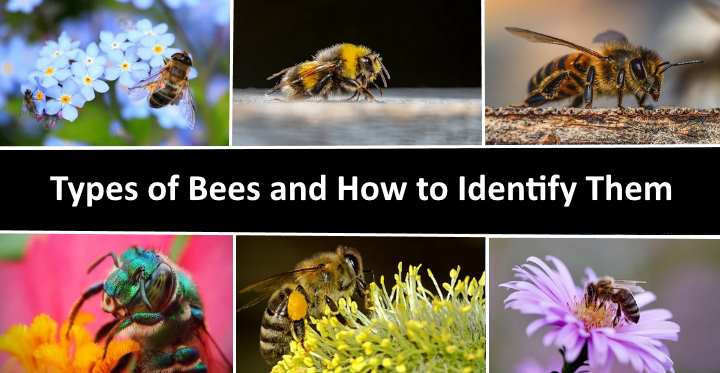
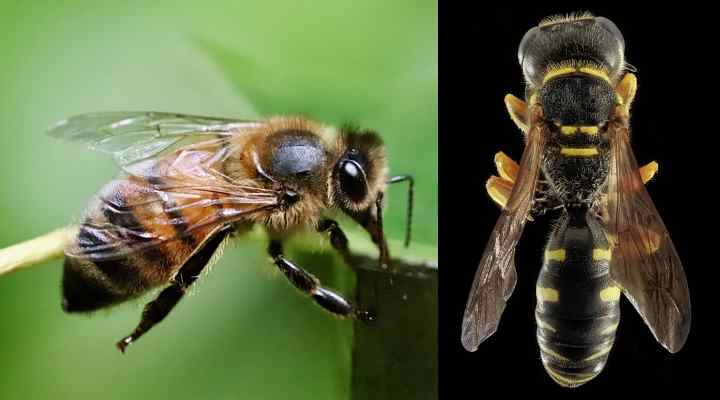
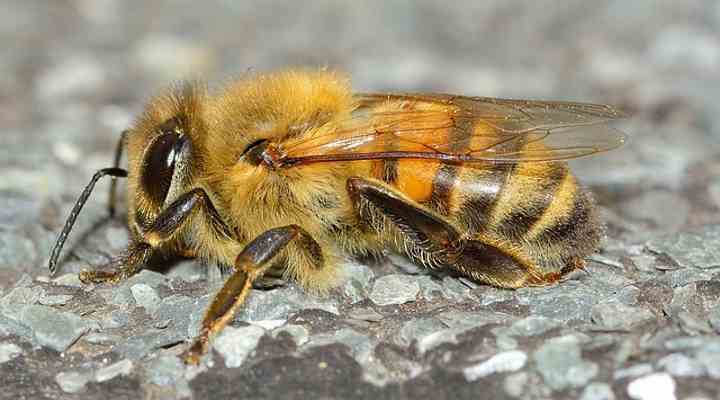
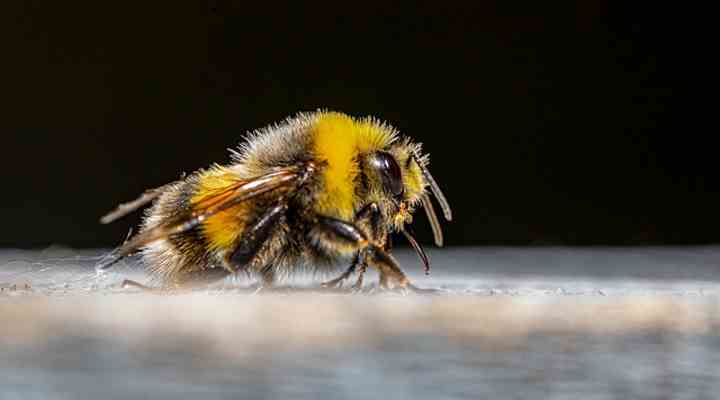
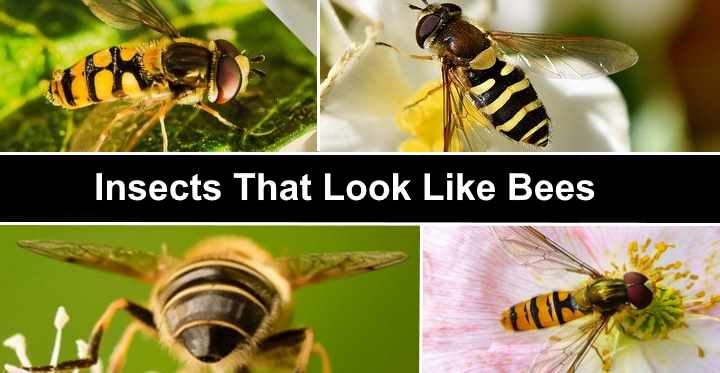

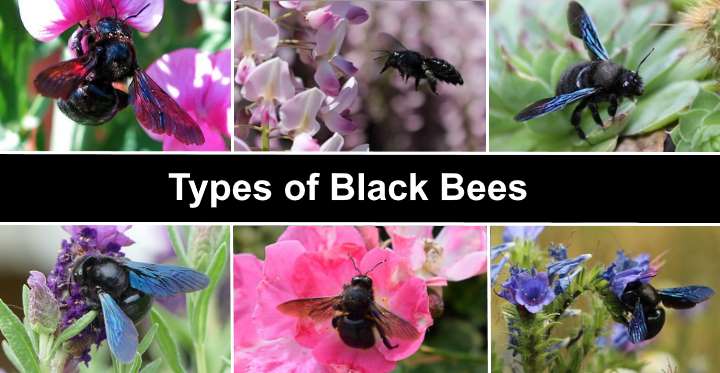



:extract_focal()/https%3A%2F%2Fassets.atlasobscura.com%2Fmedia%2FW1siZiIsInVwbG9hZHMvYXNzZXRzLzJiM2U1MDY4MzBhZDVkMDQ1Ml8zNDcxNzUxMjgwMF8yNWI3OGQ2OTEyX2suanBnIl0sWyJwIiwiY29udmVydCIsIiJdLFsicCIsImNvbnZlcnQiLCItcXVhbGl0eSA4MSAtYXV0by1vcmllbnQiXSxbInAiLCJ0aHVtYiIsIjEyODB4PiJdXQ%2F34717512800_25b78d6912_k.jpg)


